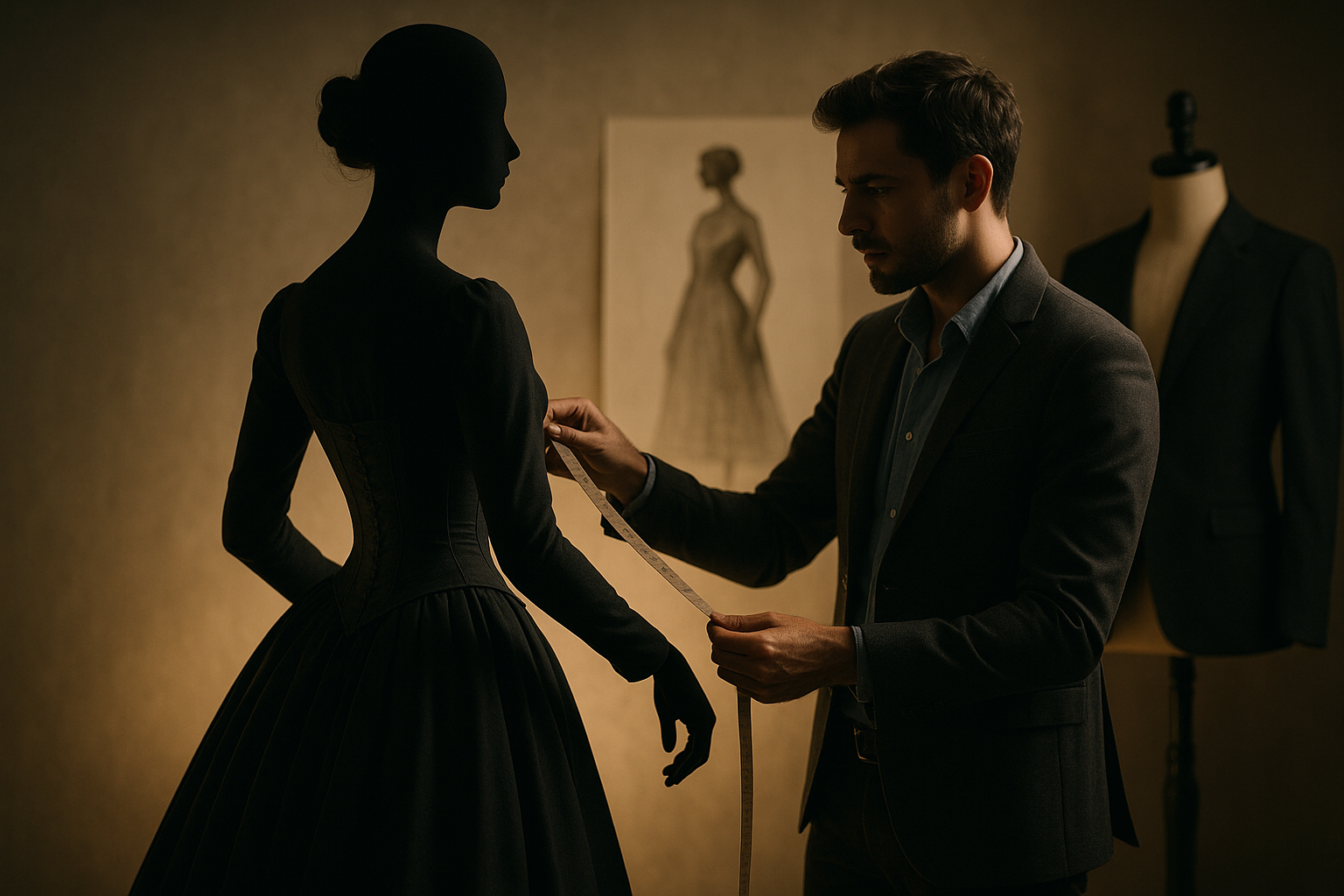The Intricate Dance of Silhouettes: A Study of Changing Fashion Forms
In the ever-changing realm of fashion, the silhouette plays a pivotal role. It's a potent element that can define an era, influence body ideals, and dictate style norms. From the voluminous gowns of the Victorian era to the streamlined forms of the 1920s, the silhouette's evolution is a fascinating study in fashion history. But how do these shifts occur? What influences our perception of the ideal body shape? Let's explore the intriguing dance of silhouettes in the world of fashion.

The Historical Waltz of Silhouettes
Fashion silhouettes have witnessed a rhythmically shifting journey through history. The Victorian era, for instance, favored hourglass figures, emphasizing a small waist, and thus birthing the iconic corset. The 1920s saw a rebellion against such restrictive forms, swinging towards a more androgynous, straight-lined silhouette. This drastic shift in silhouette was influenced by various socio-political factors, including women’s growing freedom and the impact of World War I.
The Role of Designers and Their Collections
Fashion designers are the choreographers in this dance of silhouettes. They experiment with forms, pushing boundaries to create innovative shapes and styles. Cristóbal Balenciaga was renowned for his sculptural silhouettes, while Christian Dior’s ‘New Look’ in the 1940s reintroduced the cinched waist, creating a stark contrast to the austere wartime fashion.
Modern Silhouettes and Contemporary Trends
Today, the fashion landscape embraces a gamut of silhouettes, reflecting our diverse, inclusive society. Designers are experimenting with oversized forms, asymmetrical shapes, and fluid lines, moving away from rigid body ideals. This shift is a reflection of our evolving perceptions of body image and individuality, allowing for a more nuanced understanding of beauty.
Shopping for Your Silhouette: Expert Recommendations
-
Understanding your body type: Knowing your body type allows you to select silhouettes that flatter your form. Different body types include pear, apple, hourglass, and rectangle.
-
Mixing and matching: Don’t be afraid to mix fitted pieces with looser ones. This can create a balanced silhouette, adding visual interest to your outfit.
-
Experimenting with trends: Fashion is about personal expression. Don’t hesitate to experiment with current trends, but ensure they work for your body type.
-
Investing in staples: Classic silhouettes like a well-fitted blazer, a little black dress, or a pair of tailored trousers are timeless and versatile.
Silhouettes: A Reflection of Societal Shifts
The evolution of fashion silhouettes is not just about style or aesthetics—it’s a mirror reflecting societal changes and cultural shifts. The move towards more inclusive, diverse silhouettes represents our society’s progress in acknowledging and appreciating different body types and forms.
As we move forward, one can only anticipate the future silhouettes that will shape our style narratives. Amidst these changes, however, one thing remains certain: the dance of silhouettes will continue to fascinate, inspire, and evolve with the rhythm of our times.




